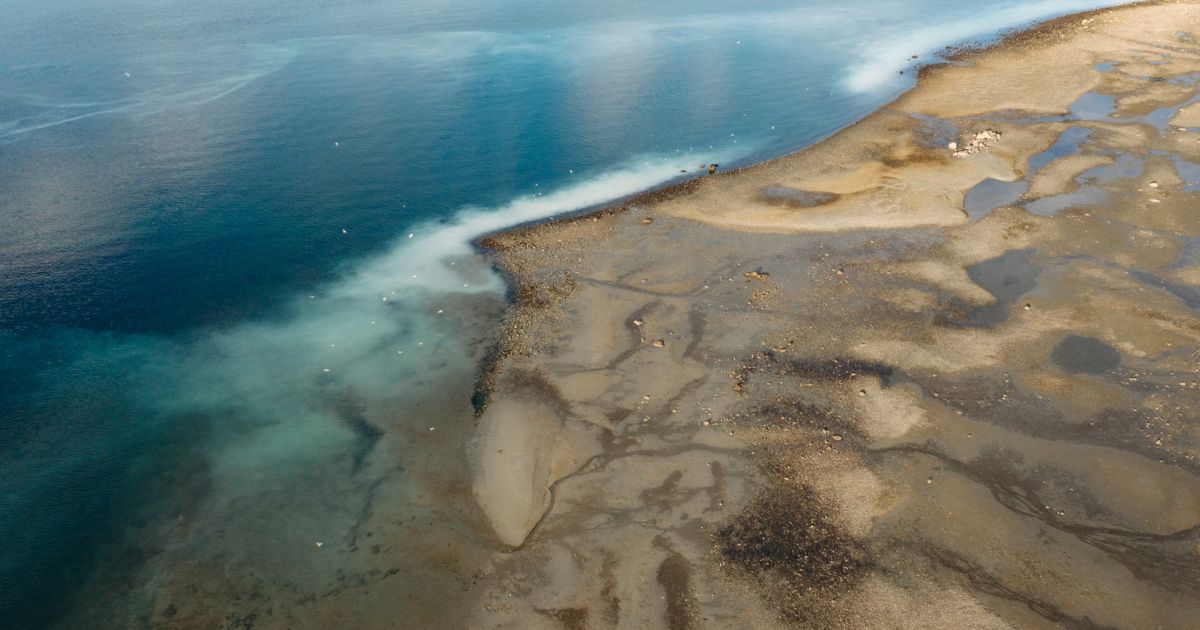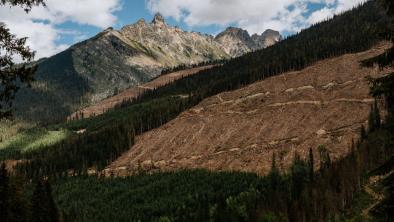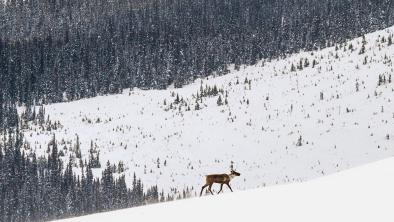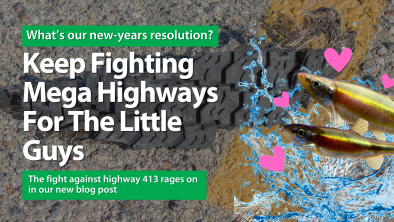World Oceans Day: Answering the Salish Sea’s call to action
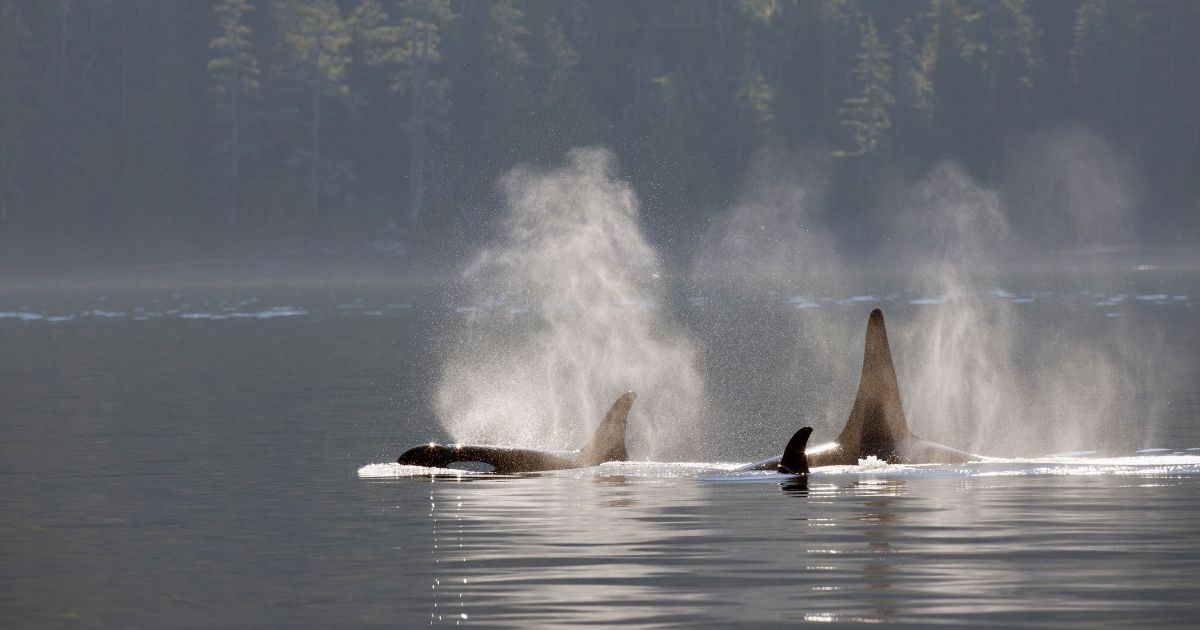
Today is World Oceans Day, a day that always makes me wonder: is this an occasion for celebration or mourning? For me, the response is always the same. We can hold both emotions and use them to take action.
Because where I live, near the shores of the Salish Sea, a region of magnificent cultural and ecological richness, we cannot help but relish the complexity we are so lucky to witness and be a part of every day. However, the feeling of loss is inevitable when we remember the plight of over 100 endangered species within its waters and hundreds more in the other oceans that surround this continent.
The Salish Sea is where mighty glacier-fed rivers meet the ocean, mixing to create an abundance of life like no other. From above, its 17,803 km2 of combined marine and estuarine waters resemble a breathing lung providing oxygen for the more than 9 million people living around it.
Since time immemorial, the area has been home to more than 65 Tribes and First Nations, who hold inherent rights and titles that represent the reciprocal relations they hold with these lands and waters.
After colonization, though, this region has been subjected to the political interests of two different countries, the U.S. and Canada, adding to the complexity of the ecological issues facing the region. Ecosystems and species at risk do not conform to political borders and decentralizing this division is essential to create regional scale stewardship connections for the protection of the Salish Sea.
The southern resident killer whales (SRKW) are a prime example of this dual mismanagement that has put the 73 remaining killer whales of this population on the brink of extinction. The biggest threats are toxic contamination, underwater noise pollution and food scarcity — all consequences of the industrialization and resource exploitation that threatens ecosystems in all three of the oceans surrounding Canada, and other marine environments around the world.
Instead of increasing protections for this threatened species, the federal and provincial governments decided to green-light yet another destructive project in its critical habitat.
The SRKW have also shown us that when we talk about climate and environmental grief, no one feels it more than the species and ecosystems themselves. Countless times, these killer whales have pled for help by showing us their grief and pain. In 2017 a southern resident killer whale named Tahlequah carried her dead newborn calf for 17 days straight. Her grief was such that, on occasions, her family helped carry the calf when she was too tired to keep going — a heartbreaking display of grief for us all to witness.
But did the world listen?
People like you and I did. And the fight to protect the southern resident and its habitat has never been stronger — thanks in part to the message Tahlequah sent. Unfortunately, the political will is still lacking: instead of increasing protections for this threatened species, the federal and provincial governments decided to green-light yet another destructive project in its critical habitat.
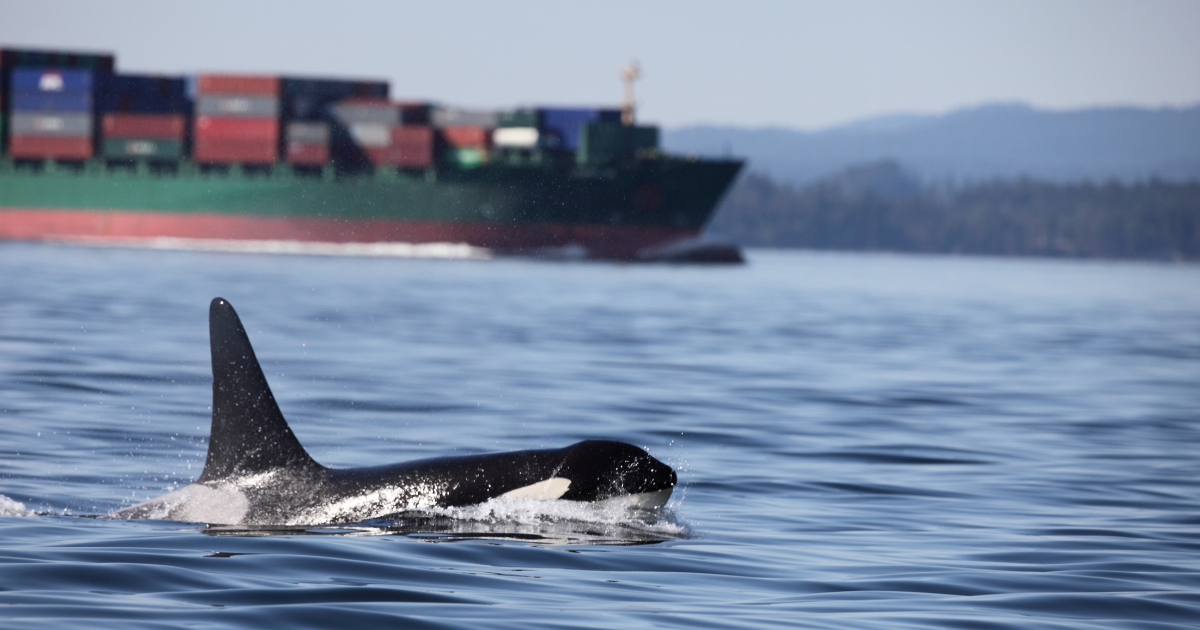
The Roberts Bank Terminal 2 expansion project would modify and destroy 177 hectares of highly biodiverse habitat at the heart of the Fraser River estuary, one of the largest biodiversity hotspots in Canada. This devastation will increase the chances of extinction for the SRKW and further endanger wild Pacific salmon and one hundred more already at-risk species, including migratory birds. Human communities will also be impacted, with thousands of family-supporting jobs expected to be killed as a result of the full automation of the terminal.
This is why the Wilderness Committee and our allies, represented by Ecojustice, are taking the federal government back to court at the end of June. Our judicial review will argue that the approval of RBT2 is unlawful as it goes against the government’s own Species At Risk Act. We’re taking this action because we cannot accept that species like the southern residents are worth sacrificing for corporate profits.
A court victory would be unprecedented and would signal to the government and industry that laws protecting species at risk will no longer be bypassed to green-light destruction.
Today, we celebrate the resiliency of the Salish Sea by gearing up for this fight. We hope you can follow along in a few weeks when we go to court and in the months following while we await a response. Your support will give us the ability to keep fighting against the status quo and ensure nature and species at risk are not written off by our governments as a price worth paying.
For Tahlequah and for a future where the oceans around the world thrive.
